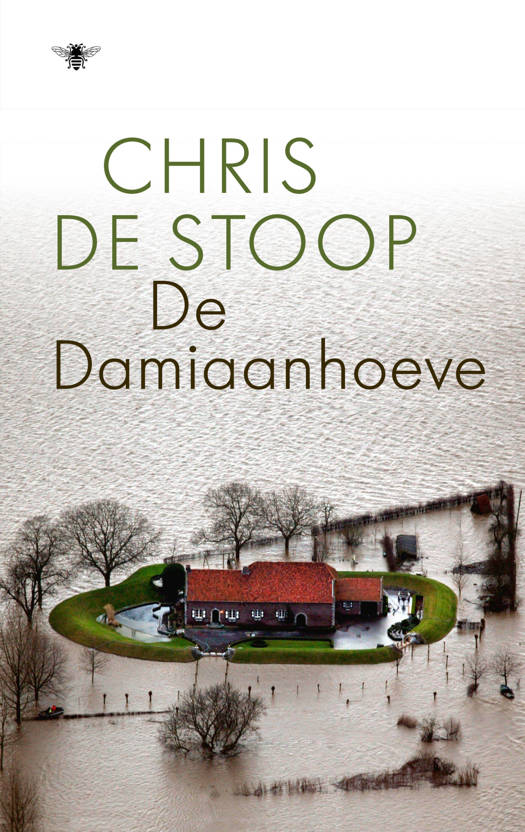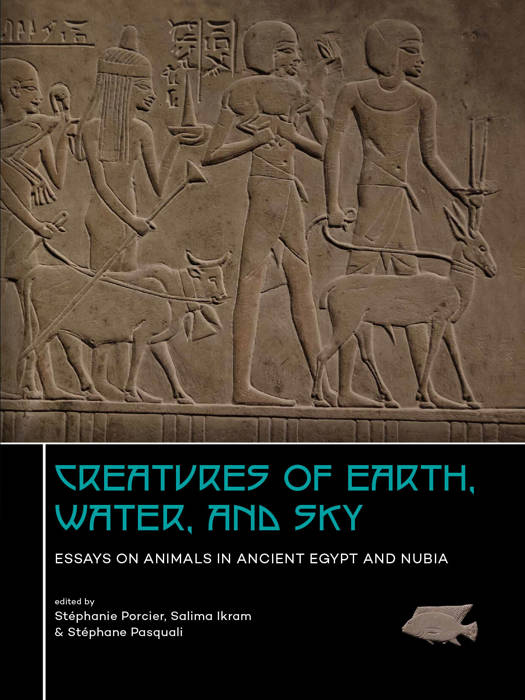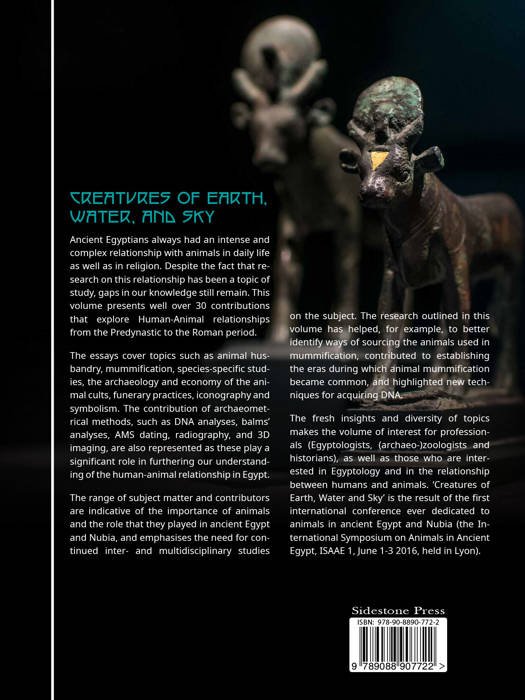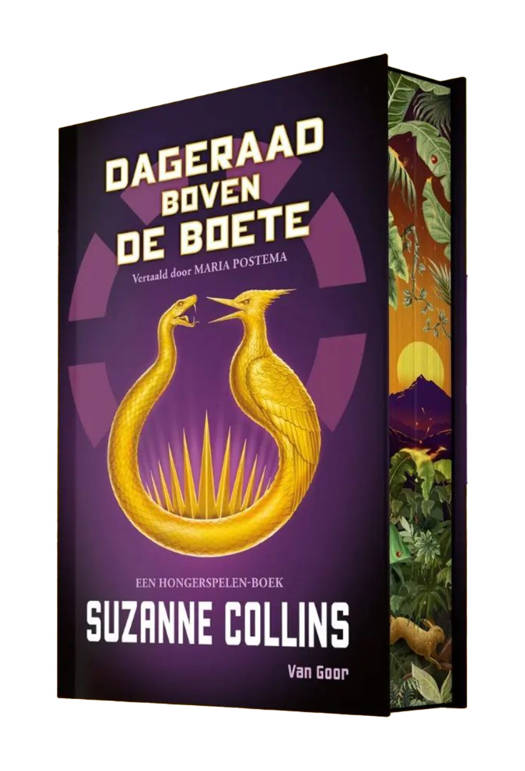
- Afhalen na 1 uur in een winkel met voorraad
- Gratis thuislevering in België vanaf € 30
- Ruim aanbod met 7 miljoen producten
- Afhalen na 1 uur in een winkel met voorraad
- Gratis thuislevering in België vanaf € 30
- Ruim aanbod met 7 miljoen producten
Zoeken
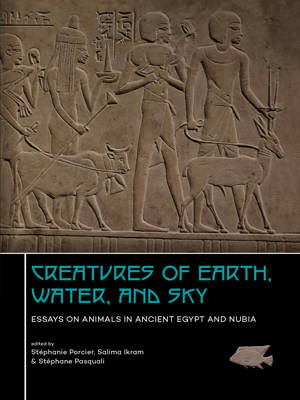
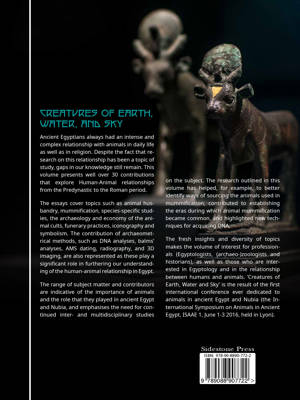
Creatures of Earth, Water and Sky
Essays on Animals in Ancient Egypt and Nubia
Paperback | Engels
€ 55,00
+ 110 punten
Omschrijving
Ancient Egyptians always had an intense and complex relationship with animals in daily life as well as in religion. Despite the fact that research on this relationship has been a topic of study, gaps in our knowledge still remain. This volume presents well over 30 contributions that explore Human-Animal relationships from the Predynastic to the Roman period. The essays cover topics such as animal husbandry, mummification, species-specific studies, the archaeology and economy of the animal cults, funerary practices, iconography and symbolism. The contribution of archaeometrical methods, such as DNA analyses, balms' analyses, AMS dating, radiography, and 3D imaging, are also represented as these play a significant role in furthering our understanding of the human-animal relationship in Egypt. The range of subject matter and contributors are indicative of the importance of animals and the role that they played in ancient Egypt and Nubia, and emphasizes the need for continued inter- and multidisciplinary studies on the subject. The research outlined in this volume has helped, for example, to better identify ways of sourcing the animals used in mummification, contributed to establishing the eras during which animal mummification became common, and highlighted new techniques for acquiring DNA. The fresh insights and diversity of topics makes the volume of interest for professionals (Egyptologists, (archaeo-)zoologists and historians), as well as those who are interested in Egyptology and in the relationship between humans and animals. Creatures of Earth, Water and Sky is the result of the first international conference ever dedicated to animals in ancient Egypt and Nubia (the International Symposium on Animals in Ancient Egypt, ISAAE 1, June 1-3 2016, held in Lyon).
Specificaties
Betrokkenen
- Uitgeverij:
Inhoud
- Aantal bladzijden:
- 310
- Taal:
- Engels
- Geïllustreerd:
- Ja
Eigenschappen
- Productcode (EAN):
- 9789088907722
- Verschijningsdatum:
- 19/12/2019
- Uitvoering:
- Paperback
- Formaat:
- Trade paperback (VS)
- Afmetingen:
- 210 mm x 279 mm
- Gewicht:
- 1042 g

Alleen bij Standaard Boekhandel
+ 110 punten op je klantenkaart van Standaard Boekhandel
Beoordelingen
We publiceren alleen reviews die voldoen aan de voorwaarden voor reviews. Bekijk onze voorwaarden voor reviews.



